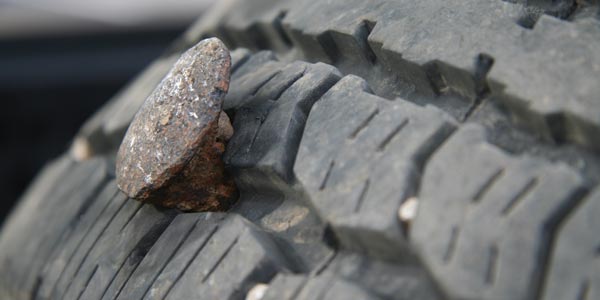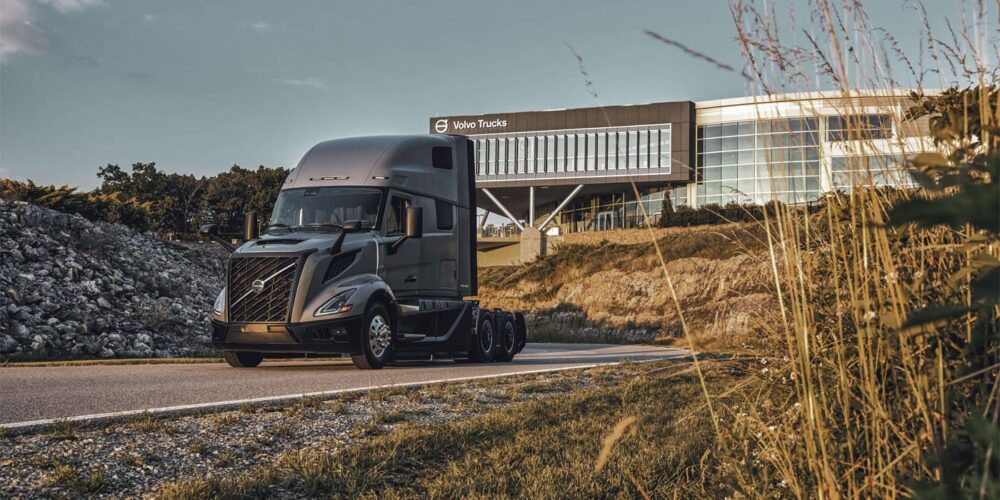Managing your tire program requires looking for signs of wear or damage and properly maintaining your vehicle to help avoid issues so you get the maximum return on your investment. The development of irregular tire wear is very common on trucks of all types. Some of the common causes include alignment issues, under-inflation, overloading, suspension system issues, hub and drum non-uniformity or run out, antilock braking system malfunctions and improper installation.
Visual tire inspections are also very important. Drivers should look for damage to a tire’s tread and sidewall area. Tires with bulges or cuts in the sidewall should be carefully inspected and even taken out of service if necessary. Tires used in delivery or urban settings with curbs and other potential obstacles should be carefully inspected each day.
Be certain to look at the inside dual tire and between duals for rocks and other debris that can cause trouble. It is also important to inspect tires regularly for signs of uneven wear. Check for cupping or other uneven wear by running your hand over the tread and look for uneven wear on the tire edges. Edge wear and lower tread in the center of the tire can be signs of under- or over-inflation.
Cooper Tire recommends that tires are serviced by qualified and properly trained service personnel who can identify tire issues that indicate the need to remove them from service. A key resource is TMC Radial Tire Conditions Analysis Guide, a comprehensive guide which identifies more than 100 wear conditions and out-of-service conditions and indicates the necessary actions needed. This includes when to remove a tire from service and when it can be repaired. It also includes photos and causes of different types of irregular wear, which are categorized by steer, drive and trailer positions.
Steer tires, especially in long-haul service where the rate of wear is low, tend to be susceptible to river wear or erosion wear, a wavy channel along rib edges followed by major tread voids. This wear is circumferential, meaning that it starts at the edges of ribs and gradually progresses all the way around the tire on the sides of the tread ribs. Another common issue on steer tires is accelerated shoulder wear. This may be the result of too much or too little toe-in setting.
On drive tires, the most common type of irregular wear is heel/toe wear, which causes the lugs to develop a saw-tooth pattern. This tends to be most pronounced in high torque applications. In addition, drive tires in long haul applications may also develop fast wear on the inboard shoulder which can lead to earlier removal than might have been necessary otherwise. Rotating tires among the drive positions can help to minimize the effect. Another issue to be aware of is fast center wear, which can be a sign that tires are over-inflated for the load they are carrying.














